News & Markets
Wehrhahn GmbH, 27753 Delmenhorst, Germany
An American Story
Loading...South Carolina
Located in the south eastern USA, South Carolina is known for its historic “Gone with the wind” lifestyle, cotton and tobacco plantations, summer homes of industrial textile icons and mansions passed down from generation to generation.
Today, the state South Carolina is characterised by a mix of history, tourism, industry and small businesses. Over the last twenty years, state and local authorities have transformed the region, focusing on economic development to attract small and medium-sized businesses.
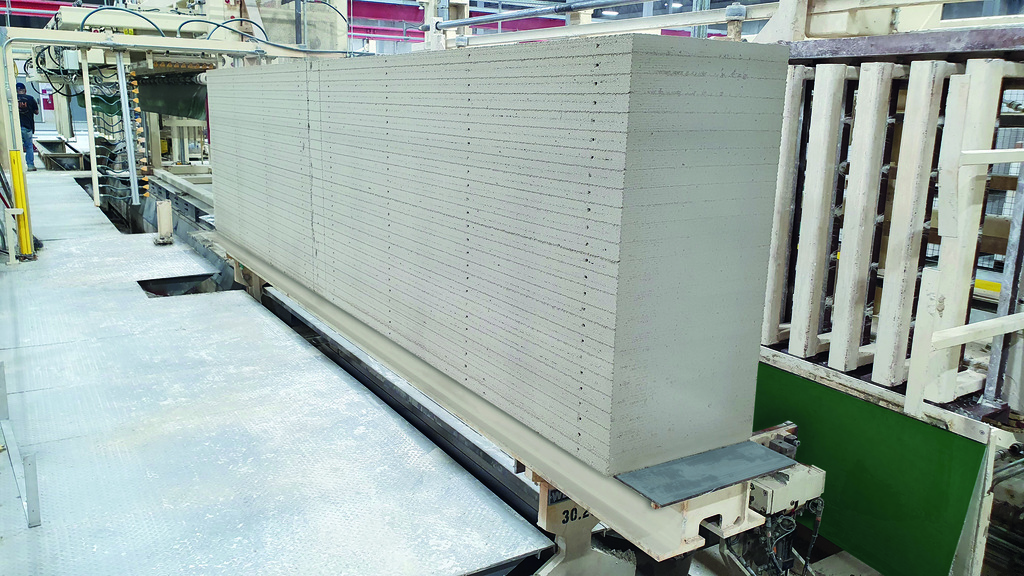
Bennettsville – The county seat of Marlboro County
Local authorities in Bennettsville recognised that tobacco and textile production was declining and proactively invested in creating an industrial park and constructing speculative buildings to attract industrial tenants. One of these buildings was a perfect fit for AAC East, as the company was searching for a location to build and operate an autoclaved aerated concrete production plant. For this, an expandable building with access to utilities, an open floor plan and the possibility to expand over a time was essential.
The founding principal of AAC East is Charles Paterno. Prior to becoming involved in AAC, “Chuck” worked for a bank and was hired by the State of South Carolina to direct its upstate Small-Business Development Center. Later, Chuck spent more than twenty years in the paper and packaging industry. For much of this time, Chuck was responsible for a global company’s European industrial business and resided with his family in Brussels, Belgium.
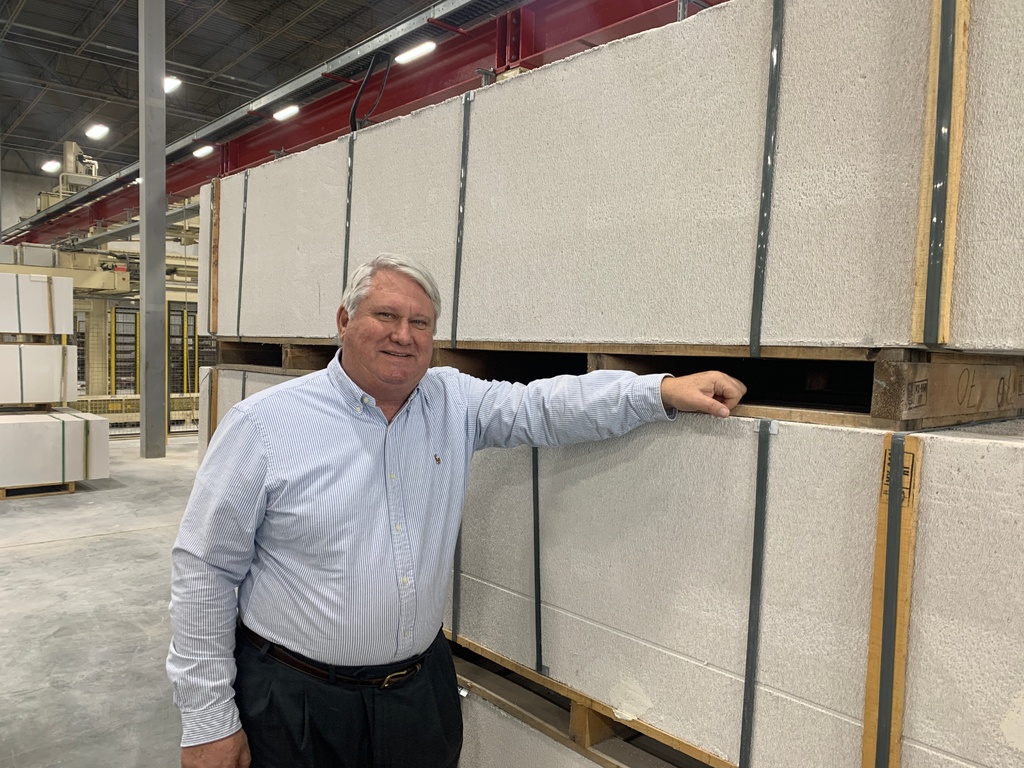
Charles Paterno (founder and principal)
"When in Europe, unknowingly, my family and I lived in a home constructed out of Autoclaved Aerated Concrete - AAC. I often wondered why the United States did not build similar homes which were constructed with materials offering energy efficiency, fire resistance and sound resistance. With four young boys at home at the time constantly leaving exterior doors open, playing music and hosting friends for parties, I often wondered why my energy bill was low, how a house could be so comfortable, and why the living rooms were so sound resistant. We were fascinated (not to say infected) by the unknown comfort – and low utility bills - our AAC home was providing throughout the year."
How it all started
Upon returning to the U.S., Charles Paterno further explored the use of AAC. He found that a few European companies had attempted to bring AAC to the country, but with strategies which worked in Europe but not necessarily in the United States. The geography in the U.S. is notably different, with large cities hundreds of miles apart. As it is a lightweight but voluminous product, freight costs are an important factor when buying AAC. Many production facilities in Europe are located in the immediate vicinity of a sand source. This is not always possible in the United States, even though sand is a primary raw material used in the AAC production process. Although metric measurements are the norm in the rest of the world, Paterno quickly realised that the U.S. market prefers the imperial system of measurement in the construction sector.

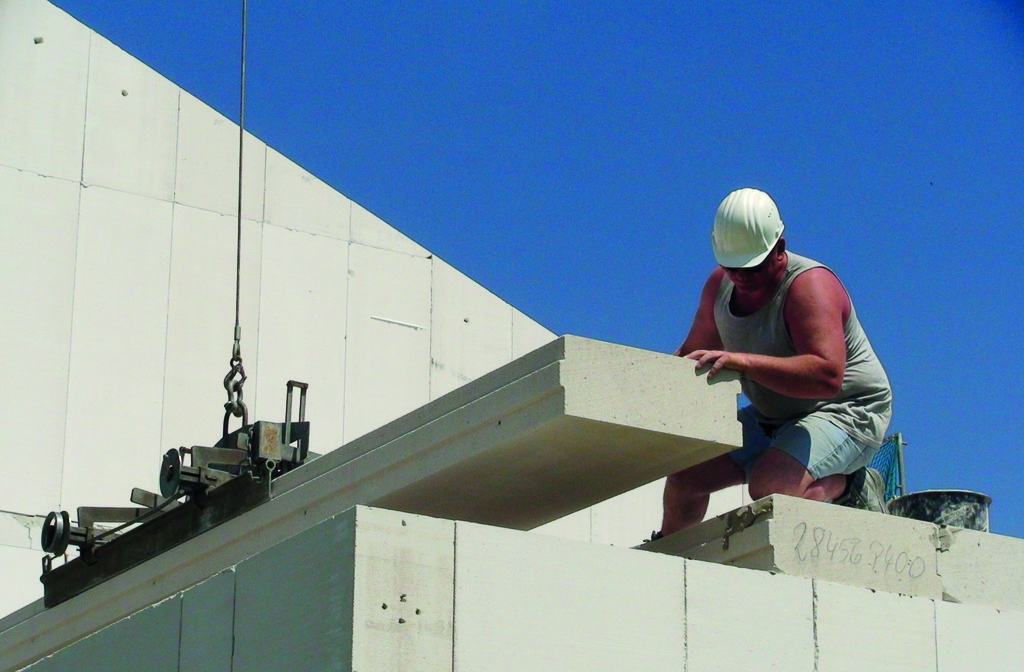
Founding the company
When Paterno founded AAC East in South Carolina, he employed a team and began distributing only AAC blocks. He chose the town of Bennetsville because of its proximity to a sand source and geographical location where 80% of the prospective clients were within a twenty-four-hour-drive. Although Bennettsville is not located in a traditional seaside port city, a recently completed inland port just twenty minutes from the industrial park allows businesses to import and export goods efficiently. Marlboro County was the perfect choice for AAC East!
The team worked with builders and developers to use AAC in high visibility areas so that architects and end users could “touch and feel" the product as it is installed in residential, institutional and commercial buildings. However, the ultimate goal was not to buy AAC products, but to produce and distribute them. Therefore, Wehrhahn was chosen as the technology supplier for an AAC plant that is designed for block production and for occasional panel production. A plant, which can be expanded as needed to meet the market demand.
In addition to its agreement with Wehrhahn, Paterno and his team negotiated with Xella GmbH for AAC East to be a licensee and to use its Hebel brand name. Xella is a global leader in the production of AAC, and the licensing agreement would allow AAC East to obtain marketing and technical assistance from around the world.
With these agreements in hand, AAC East continued to build its sales base by importing blocks and panels from multiple Xella locations. As sales increased, AAC East was able to attract a combination of traditional lending partners, government grants and private equity to fund a 73,000 sqft (app. 7,000 m²) facility. Working closely with Wehrhahn, AAC East has since added panel production capability to the plant.
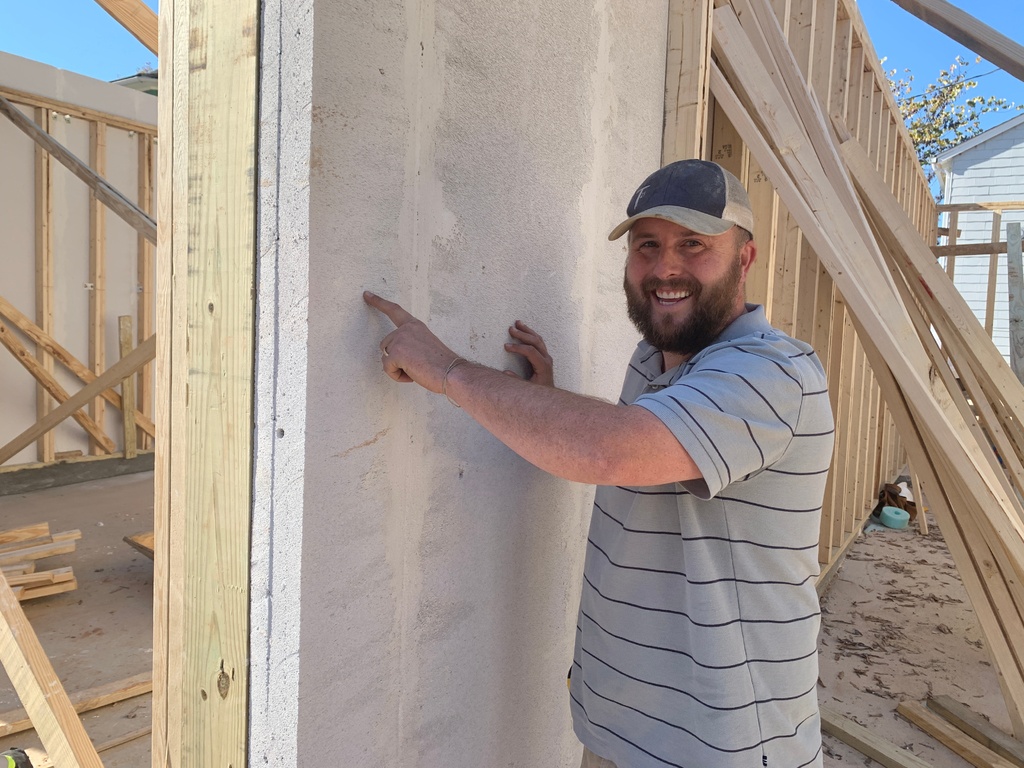
Jake Pickett (Sales manager and application consultant)
“Why are clients using our AAC panels instead of DensGlass or sheetrock products?
Because of the structural integrity and the workability of AAC, it is becoming a sustainable building material alternative. Clients also profit from energy savings and insurance savings with AAC. But also, the fire rating and ease of installation of AAC makes it a superior building material for our area.”
Modification of the block plant to full-time panel production
The brain and heart of production is the dosing and mixing. The Wecomix-system from Wehrhahn is the ideal tool to perform under changing conditions. As already mentioned, the original plant was designed mainly for AAC block production and limited AAC panel production. However, the actual U.S. market requires primary panels and significantly less blocks.
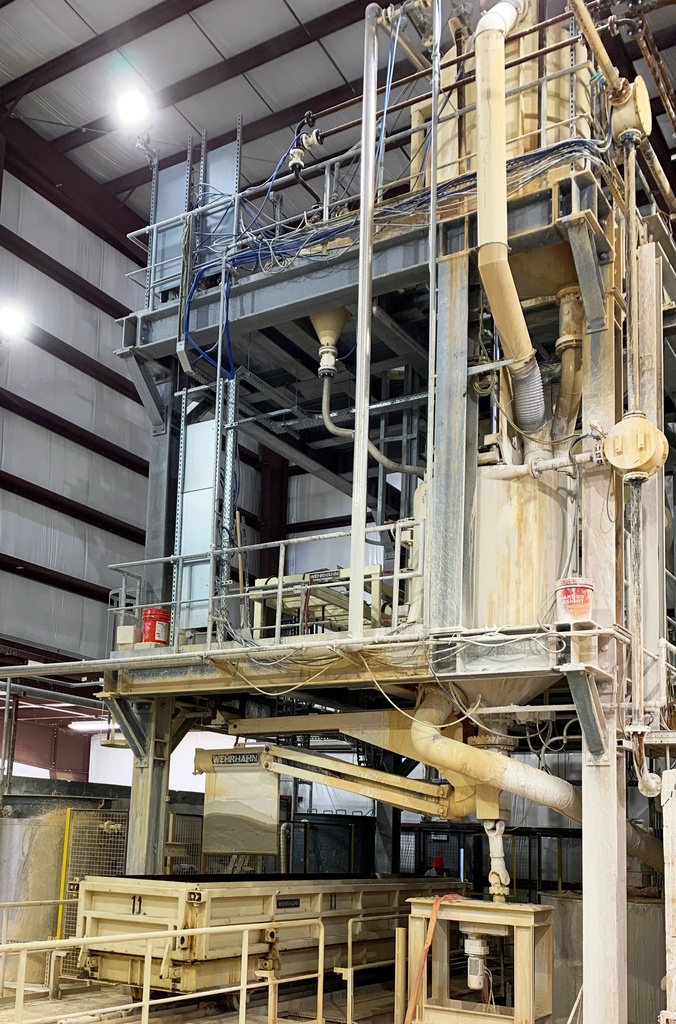
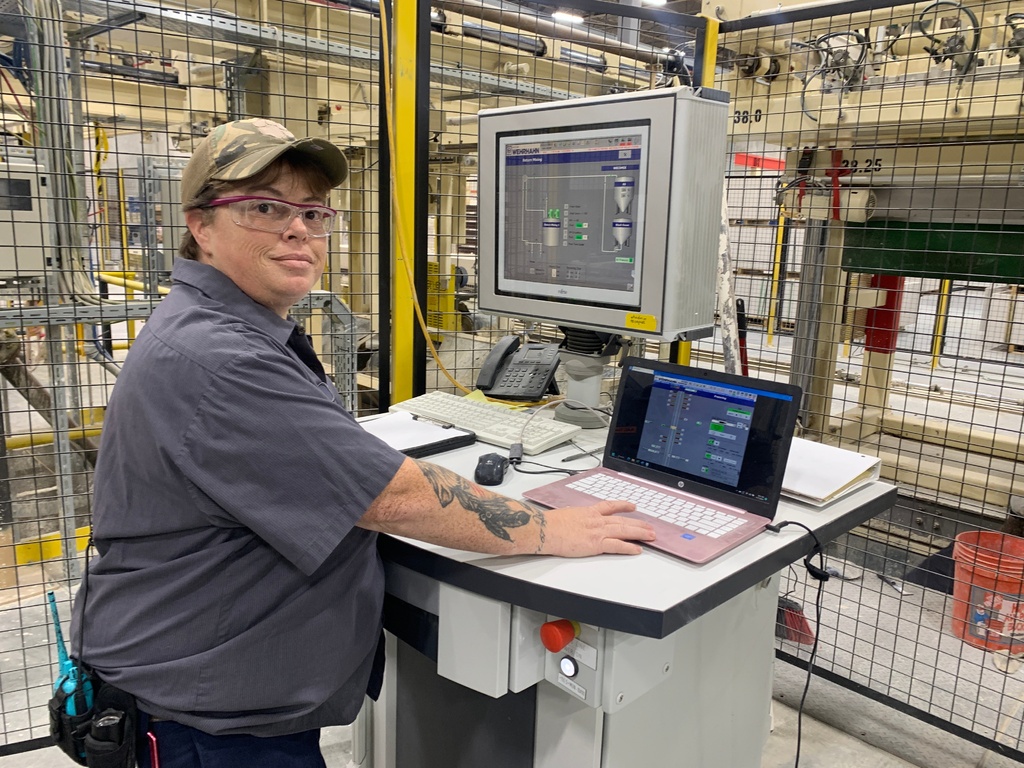
Chris Chavis (Production supervisor)
"Dosing and mixing are parts of the AAC production process where raw materials, sand slurry and cut-off return slurry are brought together in specific amounts. The combined material is then mixed and poured into moulds prior to precuring. This is vital for the overall production process to ensure that the quality of finished AAC meets various United States building code specifications. Monitoring and adjusting the mixture with our Wecomix program ensures that customers receive a superior product that can be used in many aspects of construction."
The production process for AAC blocks and panels is very similar. However, modifications were made in the reinforcement section and in the cutting line to cope with the changed panel market requirements.
Reinforcement assembly has to be efficient, fast and reliable, as 50 and more reinforcements are put in one cake only. The fixing pins (holding the steel reinforcement in the mould) are to be automatically released.
To cut the cake in precise dimensions, the cake is tilted upright for cutting and then tilted back on an autoclave grid into the ideal autoclaving position. This well proven tilting system reduces binder consumption by 10%.
For the panel production, the process is similar, as it also allows to profile the panels already in the green, dust-free stage without additional handling in a dry milling plant. During cutting, the cake rests on a solid cutting panel, which has a smooth surface and is easy to maintain. A new cutting machine for 50 mm (2 inch) panels to cut 2 x 20 or more panels at a time had to be installed. After separating, the finished panels are put in vertical position for packing and shipping. The overall plant capacity has also increased to meet the regional market demand.

Additional market in the U.S.
Contrary to AAC application in most parts of the world, where AAC is used as a structural or infill element, here in the U.S. AAC has found an additional use as cladding or fire protection on framed constructions. This suits well with the prevailing construction and will potentially open a good future for AAC.